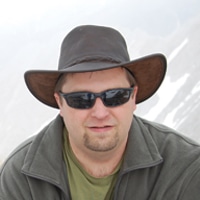Dr. Nathaniel Jeanson: Traced
Podcast: Embed
Subscribe: Apple Podcasts | Spotify | Pandora | iHeartRadio | Blubrry | TuneIn | Deezer | RSS | More
Dr. Nathaniel Jeanson holds a PhD in cell and developmental biology from Harvard University. He has been studying the information available about the human genome, and his book Traced gets into some of the fascinating information he has found, which challenges the Evolutionary worldview, and reflects the history of humanity as described in the book of Genesis. He has found information that reflects the aftermath of the Flood and the scattering of humanity around the globe following the Tower of Babel. In this interview, he shares what got him going on this research, what excites him, what he hopes to find as he continues digging into the data, and how you may be able to help with the research.
Outline of the Discussion
- Nathaniel opens by sharing his upbringing and background. He studied molecular biology and bio-informatics (the use of computers to process unmanageable amounts of data.)
- The Y-chromosome contains 60 million letters, but we’re only able to analyze 10 million of them. It’s too much to read and understand, so we have to rely on computers to help us understand them.
- While working for ICR (Institute for Creation Research) he was tasked with starting a biology research project. His findings were documented in his book Replacing Darwin
- The NIH has funded the sequencing of the human genome, which requires that the data me published for the public to access. Nathaniel has used this data for his own research.
- Evolutionists have made predictions that did not come true, but they use what they’ve learned to argue that it’s “proof” of evolution. They insist on testable predictions, and criticize Creationism for not making testable predictions. One such prediction they made was that evolution has been happening for so long that we won’t find similarities in the DNA of various species.
- The book Traced explores the research into the prediction that says that if all human beings can trace their lineage back to Noah and his three sons, we should be able to see evidence of it in the human genome; most specifically in Y-Chromosome DNA. It puts the Creationist model on offense.
- The Biblical worldview equips Creation scientists to make very easy predictions that Evolutionists can’t make. Nathaniel says it’s like shooting fish in a barrel.
- Genetics reveals things that can be a bit shocking about ourselves. For example, using the information from my own genetic test and Nathaniel’s research, I was surprised to learn my ancestry goes back to someone from Central Asia who lived between 1200 & 1600AD
- The organization of the book Traced is to look at what happened to great civilizations of the ancient world, such as Ancient Egypt, the Roman Empire, the Persians, and others.
- The research builds on the release of the human genome around the year 2000.
- Y-Chromosome DNA is unique to males, and so every male’s Y-Chromosome DNA came from his father. Mitochondrial DNA comes from the mother’s side, but has too much statistical noise to do much about. (It’s believed that the male mitochondrial DNA resides in the tail of the sperm cell, which drops off upon fertilization and never enters the egg cell.)
- On average, there are 3 letter differences (mutations) for each generation within the Y-Chromosome family tree. As best we can tell, the mutations are random. Brothers not have the same mutations.
- Basic math demonstrates that our family trees have to fold back in on themselves as we go back in time. Our ancestors married people they were related to (3rd, 4th, 5th, etc. cousins.)
- Any two random people on Earth will have a common ancestor, no matter how geographically distant they are from each other.
- The Bible lists descendants of Noah in Genesis 10, but we lose the details as they get further away from Abraham & his lineage. Y-Chromosome research can help us fill in many of the areas where the Bible is silent.
- Genetic research can be a valuable evangelism tool. For example, a missionary to Papua New Guinea can point to the ancestry of those people and tell them “this is where your history begins.”
- Nathaniel shares a story of the oral history of the Incas, as documented in the 16th century, is more accurate than the European historians wanted to give them credit for.
- Nathaniel describes his search for the descendants of Abraham, as well as the original Indians (Indus Valley)
- He also attempts to help me understand my own line; how it came from central Asia, but may have spent time in the Middle East.
- Sarcastically speaking: Make history boring again.
Scriptures Referenced
- Romans 1
- Genesis 10
Additional Resources
- Traced: Human DNA’s Big Surprise — Book via Masterbooks
- Submit your haplogroup from a genetic test to aid in Nathaniel’s research.
- A New History of the Human Race – Series of videos from Answers in Genesis (Youtube playlist)


